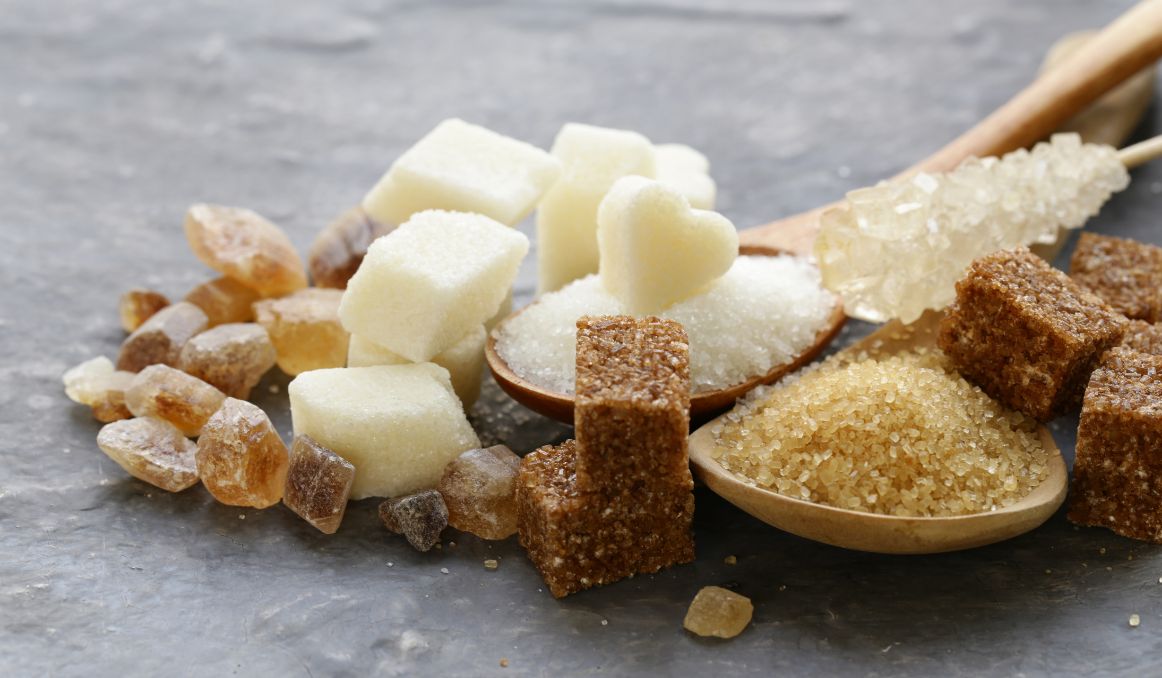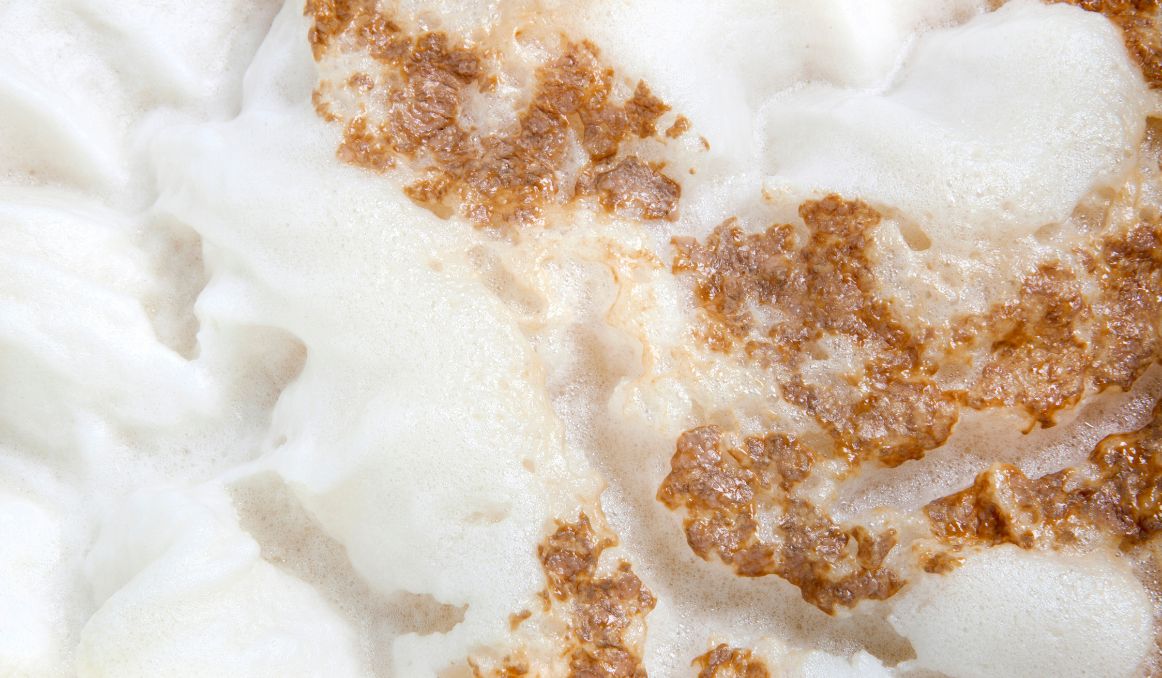Does Adding Sugar to Beer Make It Taste Better?
Sugar and beer typically only mix in one way: fermentation. So when the question becomes about adding even more sugar to beer for flavor, there is a lot to unpack.
How would one even begin to add sugar? Can you even sweeten beer?

Fermentation
Because here’s the thing: you don’t usually add sugar to beer.
Right?
The fermentation process does not include added sugar at all, in its original state. Fermentation draws on the naturally occurring sugars found in whatever is being fermented.
Take beer in this case.
The sugar in the beer develops as follows:
Most beer is made from barley or wheat, sometimes oats.
Malt
Before that grain is turned into beer, it is malted, also known as kilned or roasted. This roasting process brings all the sugars out in the grain, making those sugars easily accessible for the yeast necessary for fermentation.
Yeast converts all starches and sugars to alcohol and carbon dioxide, which is why your beer is alcoholic and sudsy. But not all sugars are created equally.
The easiest sugar to convert for yeast is dextrose. Barley alone is a grain that contains glucose and fructose. Those sugars are monosaccharides, or complex carbohydrates, and the yeast takes longer to break them down and convert them.
The malting process creates a different kind of sugar from these complex carbohydrates, another monosaccharide called maltose. It makes the sugar simpler.
Thus, once the barley, wheat, or oat has been malted, it is then “mashed in” to water, boiled, and steeped.
During that hours long process, all those malted sugars are released into the liquid, and now you have wort – or grain sugar water.
Now, to make beer, you add the yeast.
The yeast gets right to work on this highly activated sugar water and converts all the sugars into alcohol and carbon dioxide, also adding something called “gravity” to what will become beer.
Gravity refers to the total volume of dissolved solids in a liquid, in this case those solids are sugars. The gravity of a beer will tell you how many sugars from those grains – that sugar water – were dissolved/converted by the yeast.
Sugar in Beer
So, when asking the question, “is sugar good in beer?” The answer is complicated.
Yes, of course sugar is good in beer. It is necessary for beer. But that answer refers to the natural grain sugars.
Should you be adding even more sugar to beer?
Here’s the thing: you can. But there are several side effects and several factors to consider first.
Before or During Fermentation

If you add sugar to beer before or during fermentation, you will only add more alcohol and gravity to your beer. Your ABV will likely shoot up, especially as most people add corn syrup, which is pure dextrose, the easiest sugar for yeast to convert.
One of the possible side effects is that you will simply end up with a runny, high alcohol beer.
Sometimes, when added correctly, you can add body and flavor to your beer with a bit of corn syrup.
How much sugar should you add to beer? If you add sugar at all, it should be during the fermentation process and only a pound or two for added color, body, and flavor.
Further, you can add too much sugar to beer and end up with something much closer to cider than beer.
With too much sugar, the yeast gets overwhelmed and dies off, leaving you with a sickly sweet drink that you’ll have to market as something other than beer for sure.
After Fermentation
Well then, you figure you’ll add sugar after the fermentation process to add some sweetness to your beer.
You can.
But be aware, if you have not removed all of your yeast from the beer, and it is likely you have not, you will end up increasing your alcohol content and gravity unwittingly, as well as adding sweetness.
This is not necessarily a problem. Your yeast will be mostly skimmed off after flocculation and or tired out after all that work, and if it converts any of the sugars, it will do so slowly.
Just know that you cannot entirely guarantee that the sugar will serve only the express purpose of sweetening the beer.
Adding Sweetness for Flavor
If your goal is to sweeten your beer or add extra flavor or body without adding alcohol content or gravity, your best bet is to add a different kind of sweeter like Xylitol or Stevia.
These do not ferment as they have no glucose or fructose, but they will add a level of sweetness and change the flavor.
Again, just to be absolutely certain you are not messing with the other factors that go into your beer like body, texture, mouth feel, flavor, and aroma, your best bet is to add your alternative sweeteners after fermentation and only a little at a time.
Add in a cup of Stevia and see how you feel about it.
Then you can increase your additions a little at a time.
In the end, the goal of beer has never been to be a sweet drink. If you’re considering adding sugar for flavor, you may be better off exploring ciders, which are intended to be sweet.
Remember that beer typically has hops added precisely to cut into sweetness and that malty, sugary flavor. So, if you’re looking to avoid that, you could just add fewer hops to your brew.
You could even take it way back to the ancient days and simply let your wort ferment slowly on its own with wild yeast and drink the resulting ale, which would be a sweeter, and highly nutritious drink like what our ancestors were drinking and serving their kids with dinner hundreds of years ago.
Cheers!
Are you still pitching fresh yeast every time? By reusing your yeast, you can save up to hundreds of thousands of dollars per year on just yeast alone!
Join the hundreds of brewers from all around the world using the smartest Automated Yeast Cell Counter! Request a Free Demo Account today and experience firsthand how Oculyze can take your brewery to the next level!
Sources:
Stay on top on important fermentation insights – subscribe to our monthly newsletter and receive a hand-picked selection of our most relevant articles straight to your inbox.
Never miss a beat and get real time updates with a new article each workday by subscribing our social media channels.
Instagram | Facebook | Twitter | YouTube


